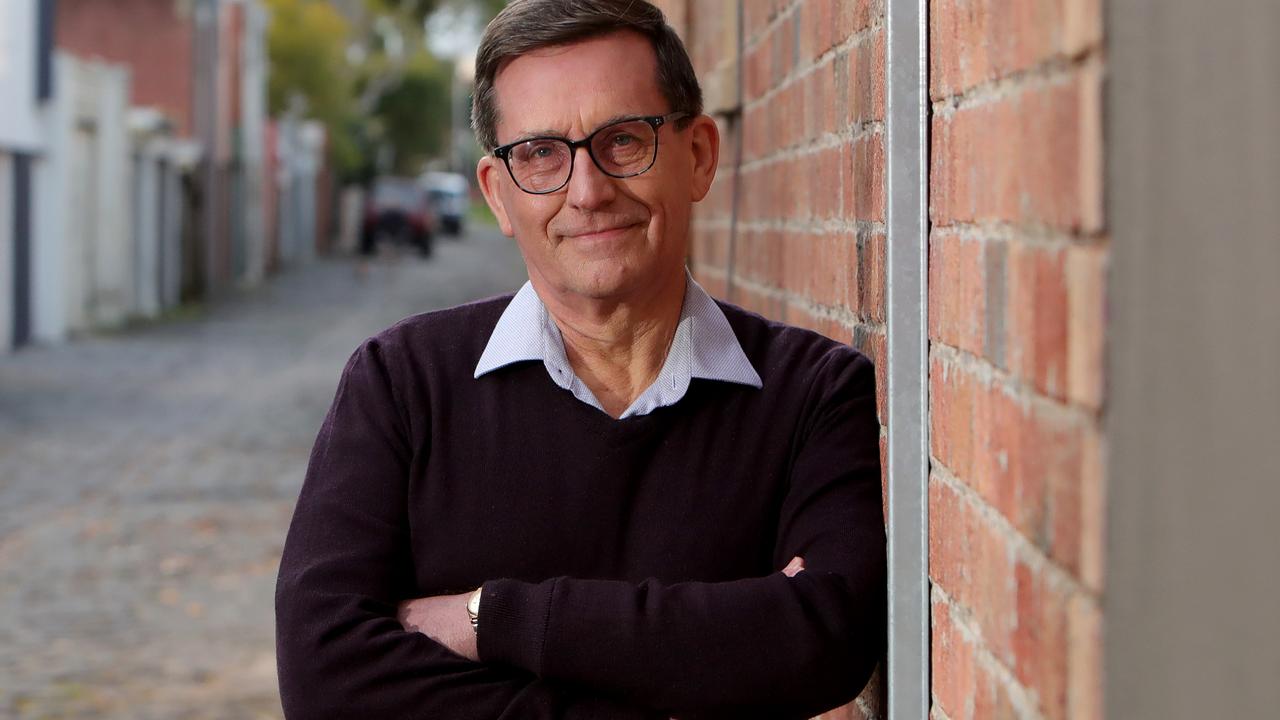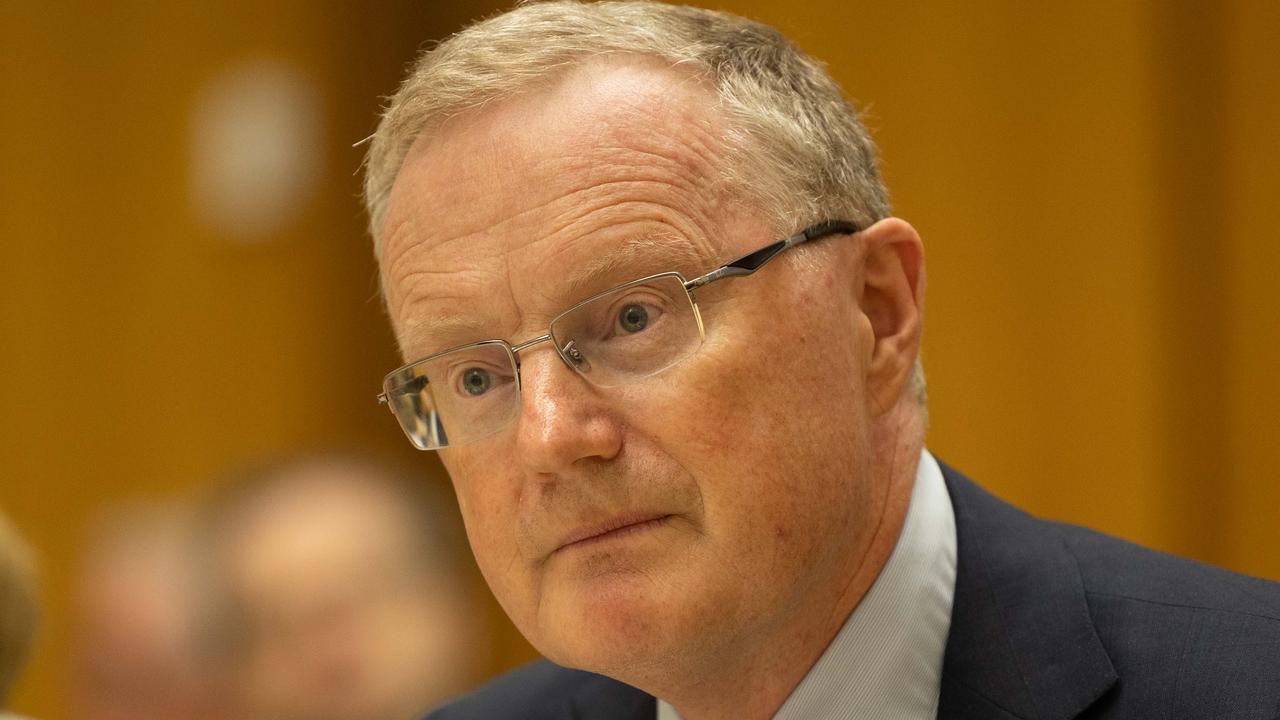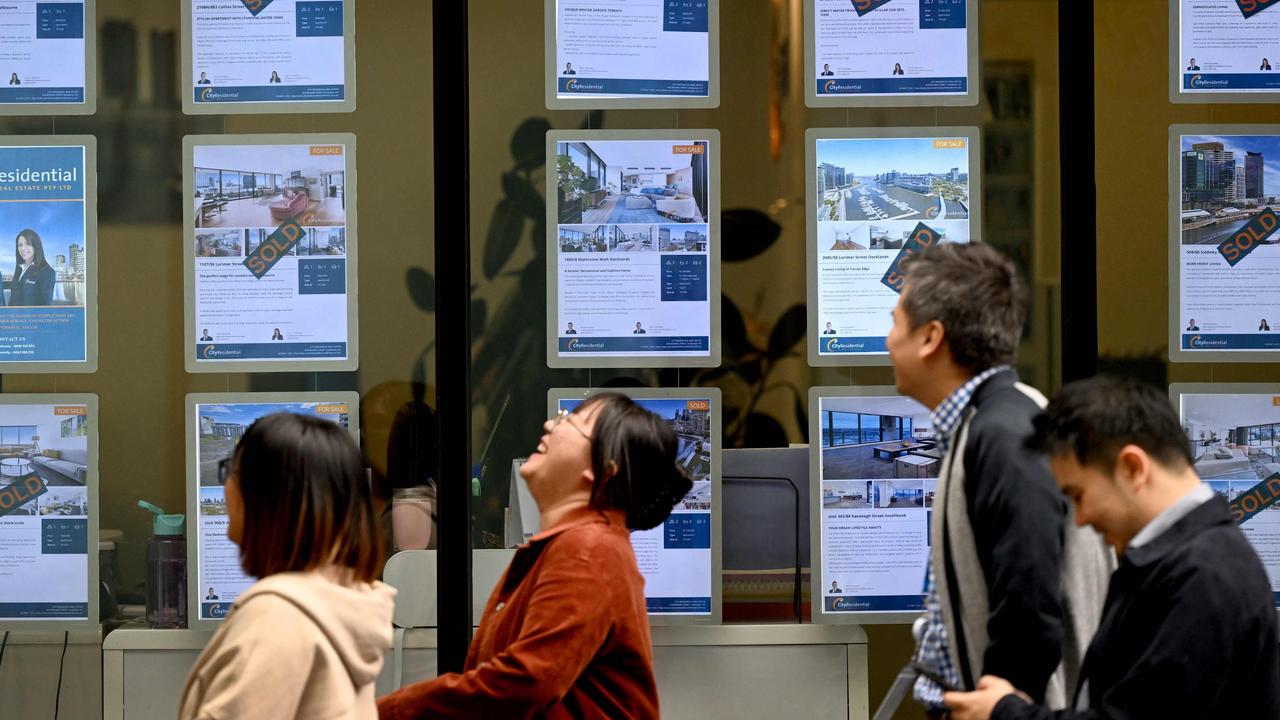Reserve Bank of Australia board member admits ‘terrible’ error after interest rates fiasco
Frustrated homeowners have been saying the same thing for months – and now, the RBA has finally owned up to a major error.
After slugging hardworking Aussies with 10 consecutive rate rises and failing to curb inflation, Reserve Bank of Australia officials have finally admitted they “did a terrible job”.
Speaking at a panel in Melbourne on Wednesday, Ian Harper, who has been a board member for seven years, conceded that after Covid hit, the central bank struggled to balance the need to keep inflation within its 2 to 3 per cent target and maintain stability in the financial system.
“Both of those things led us to be extremely cautious. With hindsight, excessively cautious in how we set interest rates during that time,” he said, according to The Australian.
He added that “with the benefit of hindsight … it looks like we did a terrible job”.
“When you look backwards, often times you see things much more clearly than you do at the time,” he said.

Meanwhile, deputy governor Michele Bullock also conceded the RBA’s crucial interest rate messaging was “garbled”.
For most of 2021, the RBA issued the same repeated assurance: “The Board will not increase the cash rate until actual inflation is sustainably within the 2 to 3 per cent target range. For this to occur, wages growth will have to be materially higher than it is currently. This will require significant gains in employment and a return to a tight labour market. The Board does not expect these conditions to be met until 2024 at the earliest.”
Countless Aussies took out mortgages over this period, at a time when house prices, and therefore mortgages, had never been more expensive, with many taking those crucial four words – “2024 at the earliest” – into consideration when making such a momentous life decision.

Then, in May 2022, disaster struck when the RBA announced the first official interest rate hike since 2010, lifting the cash rate by 25 basis points to 0.35 per cent.
Since then, the RBA has aggressively raised the cash rate time and time again, only hitting the brakes this month after 10 consecutive months of brutal rate rises during a cost of living crisis.
The official cash rate now sits at 3.6 per cent, although it is all but certain to rise again in the months ahead.
In recent months, the RBA’s previous rate rise claims have been under the spotlight, with many mortgagees left fuming by what they perceived as a “broken promise”.
The backlash was so severe that in November last year, RBA governor Philip Lowe apologised to Australians who borrowed under the belief they had more time up their sleeves before rate hikes kicked in.
Now, Ms Bullock also admitted the RBA had got it wrong.

“I will accept … that the message got garbled. People latch on to a date … and even now that we are raising interest rates, they still want us to put a date on when we are going to stop doing it,” she said.
“We should have resisted … a little bit more there.”
Huge risk facing Aussies
It comes as the International Monetary Fund this week warned that Australia was at particular risk of home loan defaults.
According to the IMF’s World Economic Outlook, Australia is facing the second-highest risk in the developed world – falling just behind Canada – as a result of our notoriously expensive house prices coupled with high household debt and increasing variable mortgage rates.
“Economies with high levels of household debt and a large share of debt issued at floating rates are more exposed to higher mortgage payments, with a greater risk of experiencing a wave of defaults,” the IMF said.
The IMF also explained that the dangers of a downturn had soared for advanced economies as a result of recent US and European bank failures, and dropped its forecast for global output growth by 0.1 per cent.
Australia’s growth is tipped to be 1.6 per cent this year and 1.7 per cent in 2024.
It cautioned that the world economy was “entering a perilous phase during which economic growth remains low by historical standards and financial risks have risen, yet inflation has not yet decisively turned the corner”.
It added the chances of a “hard landing” had “risen sharply”, with IMF chief economist Pierre-Olivier Gourinchas declaring that “the situation remains fragile” and that “downside risks predominate”.






